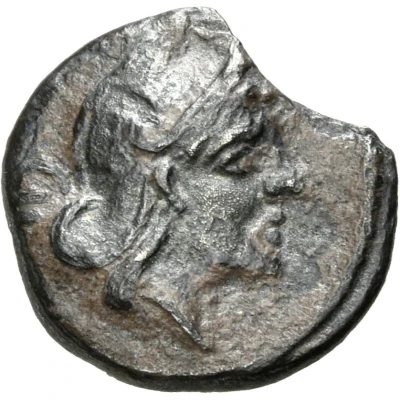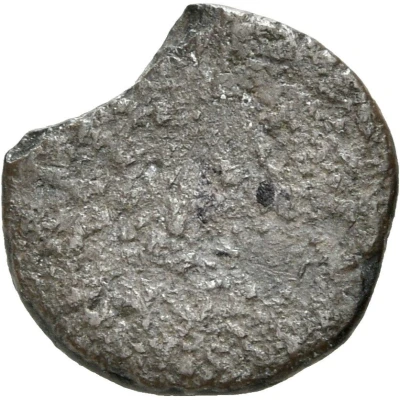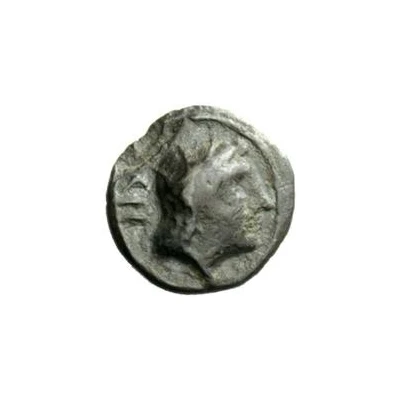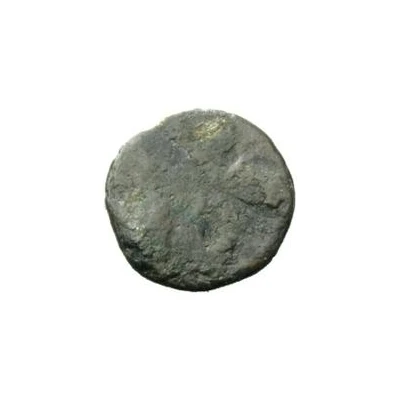


© Münzkabinett - Staatliche Museen zu Berlin (CC BY-SA 4.0)
Silver 2½ Asses Menrva series I 301 BC - 206 BC
| Silver | 0.77 g | 11 mm |
| Issuer | Populonia (Etruria) |
|---|---|
| Type | Standard circulation coin |
| Years | 301 BC - 206 BC |
| Value | 2½ Asses (2.5) |
| Currency | As (circa 475-201 BC) |
| Composition | Silver |
| Weight | 0.77 g |
| Diameter | 11 mm |
| Shape | Round (irregular) |
| Technique | Hammered |
| Demonetized | Yes |
| Updated | 2024-10-09 |
| Numista | N#179413 |
|---|---|
| Rarity index | 100% |
Reverse
Blank (uniface).
Edge
Plain
Comment
There has been much controversy on dating Populonian coins, and as such, the date ranges my vary per source.The first Menrva head series was struck using Populonia's fourth silver standard, which is equal to the third silver standard except with the weights of all denomination being halved.
Interesting fact
The Silver 2½ Asses coin from Populonia (Etruria) was used as a form of currency in the ancient Etruscan civilization, which flourished in central Italy between the 8th and 3rd centuries BC. The coin features an image of Menrva, the Etruscan goddess of wisdom, on one side, and a horse on the other. The use of horses on Etruscan coins was a common motif, as horses were highly valued in Etruscan society for their strength, speed, and beauty. The coin's design and imagery reflect the cultural and religious beliefs of the Etruscans, who were known for their advanced engineering, art, and trade networks.

